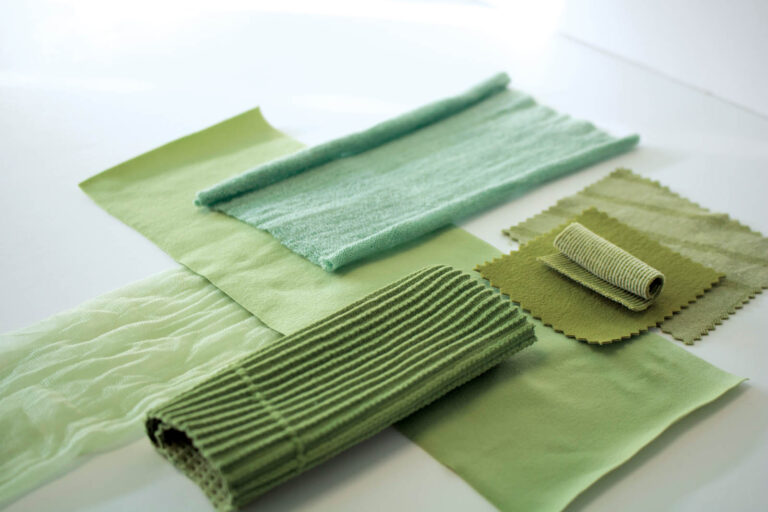Dyes are frequently used in garments to give materials color and aesthetic appeal. Although most traditional dyes are regarded safe when used in compliance with rules, there are certain potential risks connected with garment dyes, especially if they are not properly regulated or if specific colors and procedures are utilized:
- Skin irritation and allergies: Some people may have sensitivity issues with or allergies to specific garment colours. Skin contact with these colours can result in contact dermatitis, a condition marked by redness, itching, and skin rashes.
- Clothing colors occasionally contain harmful materials, such as heavy metals like lead or cadmium. These compounds may be harmful to your health, especially if they get on your skin after leaking out of your garments. Regulations and safety requirements seek to reduce these risks, but problems can occur if dyes are not adequately regulated or tested.
- Some textile dyes have been shown to leak or contain carcinogenic substances. For instance, several azo dyes have been linked to the emission of aromatic amines, which are thought to be cancer-causing. The use of these dyes is restricted by laws in many nations, however when goods are imported from areas with laxer laws, there may be issues.
- Environmental influence: Dyeing can have a big influence on the environment, especially if it’s not adequately controlled. Water pollution and harm to aquatic life can result from the release of dye effluent into rivers and other bodies of water. Some dyes are persistent in the environment because they can’t be biodegraded.
- Sustainability Concerns: Traditional dyeing techniques can use a lot of electricity, water, and chemicals. This may result in worsening environmental conditions, the depletion of resources, and an increase in carbon emissions. In order to address these problems, sustainable dyeing processes and eco-friendly dyes are being developed.
- Child Labor and Unregulated Production: In some areas, child labor and unregulated production methods may be used in the manufacture of garment colors. This raises ethical issues and may lead to garments that are improperly coloured or that contain hazardous amounts of toxic compounds.
- Clothing colors may bleed or fade over time as a result of exposure to sunshine, washing, and use. If the dyes are not properly set during manufacturing, color bleeding—where dyes from one fabric move onto another—can also happen.
Many nations have put rules and standards in place governing the use of dyes in textiles in order to reduce these risks and guarantee the safety of garment dyes. Customers can take further safety measures by according to the care recommendations on clothing labels, avoiding extended skin contact with fresh, unwashed clothing, and selecting goods from trustworthy companies recognized for their dedication to quality and sustainability.






